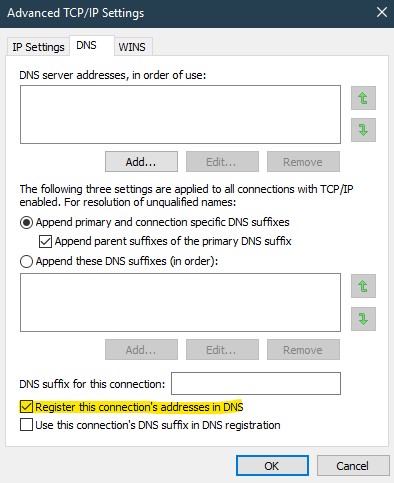Checkpoints (Snapshots) are great feature for saving the state of the Virtual Machine before making changes like applying patches or updates, installing or configuring applications etc. If new changes or updates break the system, we can easily go back to the previous state. To allow this, Hyper-V creates another virtual disk file to store all the changes (in simple words). This causes the file to grow in size and depending on how much change data is being created on the VM it can grow either fast or slow. If the location where the checkpoints are being stored runs out of available free space, Hyper-V will pause the VM. This not only affects the VM that has the growing checkpoint, but also has the potential to affect other VMs that are stored in the same location (Storage Volume/LUN). This process occurs so that the VMs don’t start failing disk writes within the OS of the VM and possibly cause file corruption. To recover from this we have to delete the checkpoints that are not needed anymore. Because of this we have to be very careful when creating checkpoints and remember to delete the checkpoints that are not needed any more.
To avoid this problem and keep a control on the checkpoints I developed a PowerShell script that checks all the checkpoints for all the VMs and deletes the checkpoints that are older X number of day. The attached script currently checks for 3 days or older checkpoints, but this can be easily changed. Also, there can be occasions where we want some checkpoints to stay e.g. if there is a maintenance that is taking longer and we want to keep those checkpoints for longer than 3 days. For adding this function I changed the script to check for a file called “CheckPointsException.txt”, this file will have the names of the all the VMs that have exceptions to keep their checkpoints longer than 3 days. So, for all the VMs that are listed in this file, my script will not delete the checkpoints. Once the maintenance is done we can remove the VM name from this file and next time the scripts runs it will delete the checkpoints for that VM. This script can be add in the Windows Task Scheduler to run every day, or whatever schedule is need. This script also creates an HTML report will a list of VMs with their checkpoints that are older than 3 days and their status (exceptions etc.). It also emails this report to the list of recipients defined in the script. So, this report acts as a reminder that there are checkpoints that are in exceptions list so they are not forgotten.
You can add the Hyper-V Clusters and Standalone hosts at the top of the script. You would also need to set the paths to the reports file and CheckPointsException.txt file.
You can download the script below and rename it to .ps1. Please send me comments.

